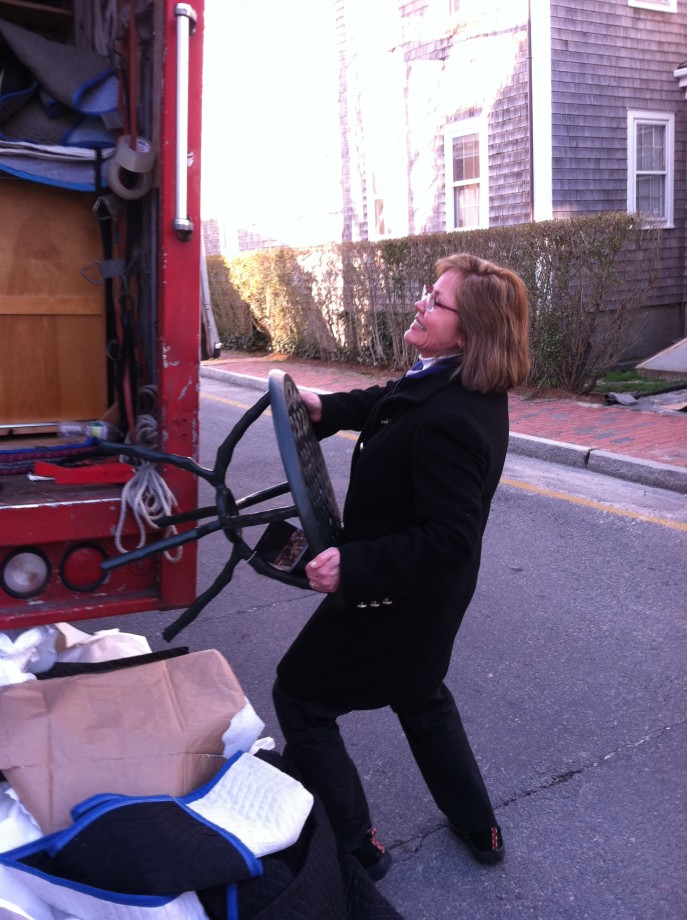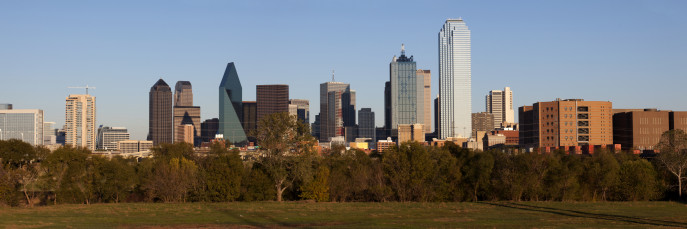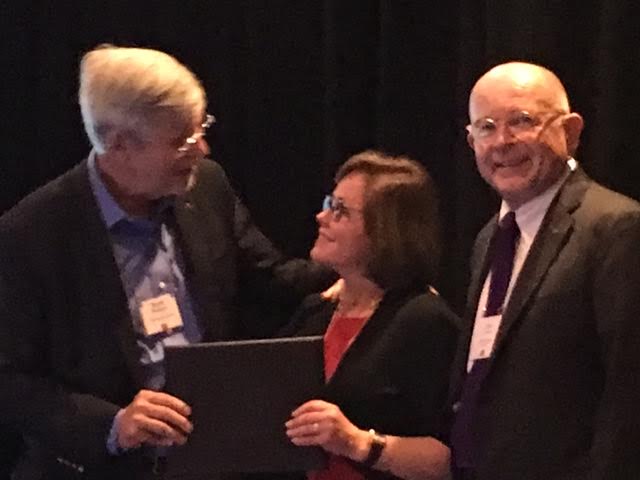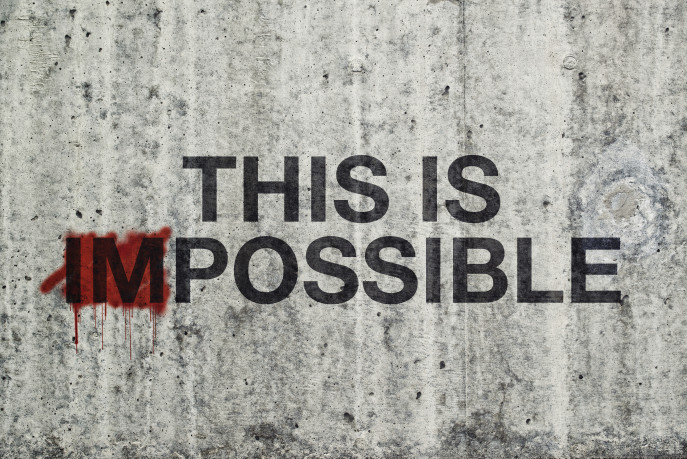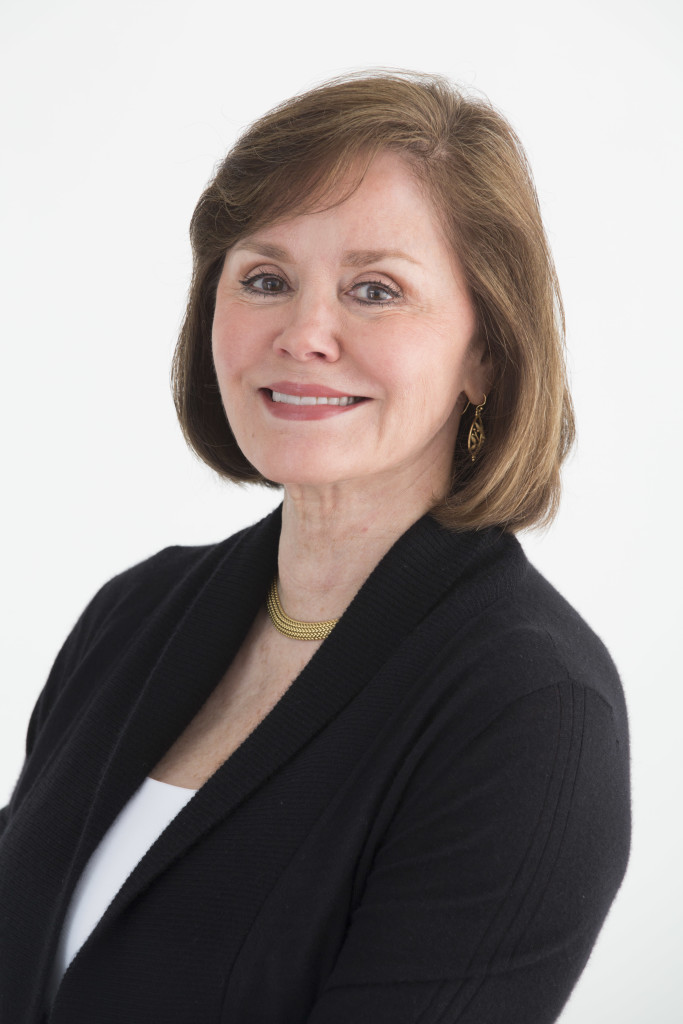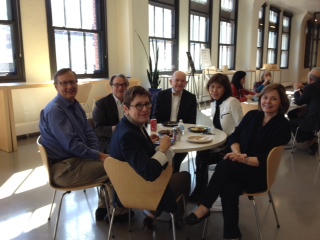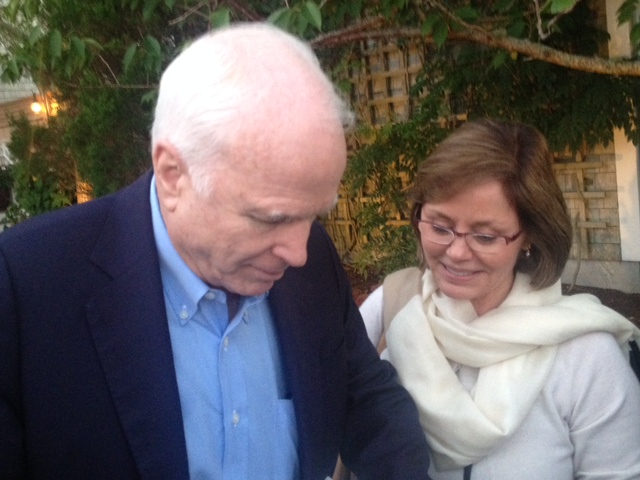There’s a wonderful quote by Howard Thurman: “Don’t ask yourself what the world needs. Ask yourself what makes you come alive and then go do that. Because what the world needs is people who have come alive.”
I felt doubly blessed after reading those words, because I’m convinced that what makes me come alive is also just what the world needs. I recently had the privilege of attending two multi-day conferences–The Nantucket Project, on Nantucket Island in September, and The Design Futures Council’s (DFC) Leadership Summit on Sustainable Design in Dallas, Texas in October.
The speakers were among the most renowned politicians, business leaders, philanthropists and artists in the world. The topics they spoke on were self-selected, and reflected their deepest beliefs and best work. It’s easy to become discouraged when we focus on the world’s problems, but it’s also possible to focus on solutions. Pete Seeger once said: “The key to the future of the world is finding the optimistic stories and letting them be known.”
photo from istock
At both conferences, I was completely captivated by the number of intelligent, thoughtful, creative and dynamic thought-leaders and life-changers on this planet, and the optimistic stories they told. I was uplifted, inspired, and re-invigorated in my desire to keep spreading the word about sustainable design. I want to do everything I can to help make the earth a cleaner, healthier place to raise our children and grandchildren, and take good care of our elders, too!
photo from istock
The Nantucket Project bills itself as a convener of thinkers and ideas, a think tank and an academy of learners. If you believe in being a lifelong learner, as I do, then I hope you’ll attend one of their annual island gatherings. Steve Wozniak was there, from Apple Computer, Inc., and Ben Carson, a Republican presidential candidate. Regardless of your political leanings, it’s always good to be exposed to the thoughts and ideas of people on the public stage.
Tony Blair, Prime Minister of Great Britain and Northern Ireland for ten years, spoke on the Africa Governance Initiative, designed to challenge the African continent with needed reform and reduce poverty. Neil Young introduced the concept of PonoMusic, bringing high resolution music to music lovers around the world.
After that experience, I couldn’t imagine anything that could compare to what I had just seen and heard, or that any other event could match that one for integrity. But then I headed southwest, to Dallas, and to the Design Futures Council’s Leadership Summit on Sustainable Design.
photo from istock
The first Leadership Summit on Sustainable Design was held on Nantucket, 14 years ago. I had long had the desire to to have an “awareness-raising” conference for architects, landscapers, designers and contractors, to provide a platform for knowledge and understanding for an environmentally-conscious built environment. My friend and colleague Jim Cramer was the first to make that conference a reality by supporting it with his following in the Design Futures Council.
photo from istock
I am deeply gratified to have been a part of this movement from the very beginning. At our first gathering we established The Nantucket Principles, offering a path for a strategic approach to sustainable design. Every year for the past fourteen, design leaders from around the world have convened to share their thoughts and ideas, to challenge outdated beliefs, and to make a positive contribution to the world.
At the Sustainable Design Summit, I was honored as a new Senior Fellow for the DFC, an unsought recognition that I treasure as a firm believer in the DFC’s mission.
Here I am being honored as a Senior Fellow, with Scott Simpson, Managing Director, Greenway Group, and James P. Cramer, Chairman and Principal, Greenway Group, and President, Design Futures Council!
I was enthralled by the speakers there: Jason McClennan spoke on Living Buildings for a Living Future (watch his TED Talk here); Dame Ellen McArthur educated us on “The Surprising Thing I Learned Sailing Solo Around the World” (watch her TED Talk here), and we talked about the Building Blocks of a Circular Economy.
Those two conferences changed my life, not by altering any of my values, beliefs or passions, but rather, by reaffirming what I already knew: that there is a world filled with possibility, that the right time to give up hope is never, and that together, we can create something beautiful. Both conferences told me a story that I could believe in: that we can change the world.
As Tom Scott, co-founder of The Nantucket Project says, “If you want to be good at making outcomes, you’d better get really good at telling a story. And you better make sure that story has integrity.”
We can all do this in our own lives. Let’s find the good stories, stories with integrity, and tell them to each other, every day.
photo from istock
The great thing in the world is not so much where we stand as in what direction we are moving. –Oliver Wendell Holmes






 photo from istock
photo from istock